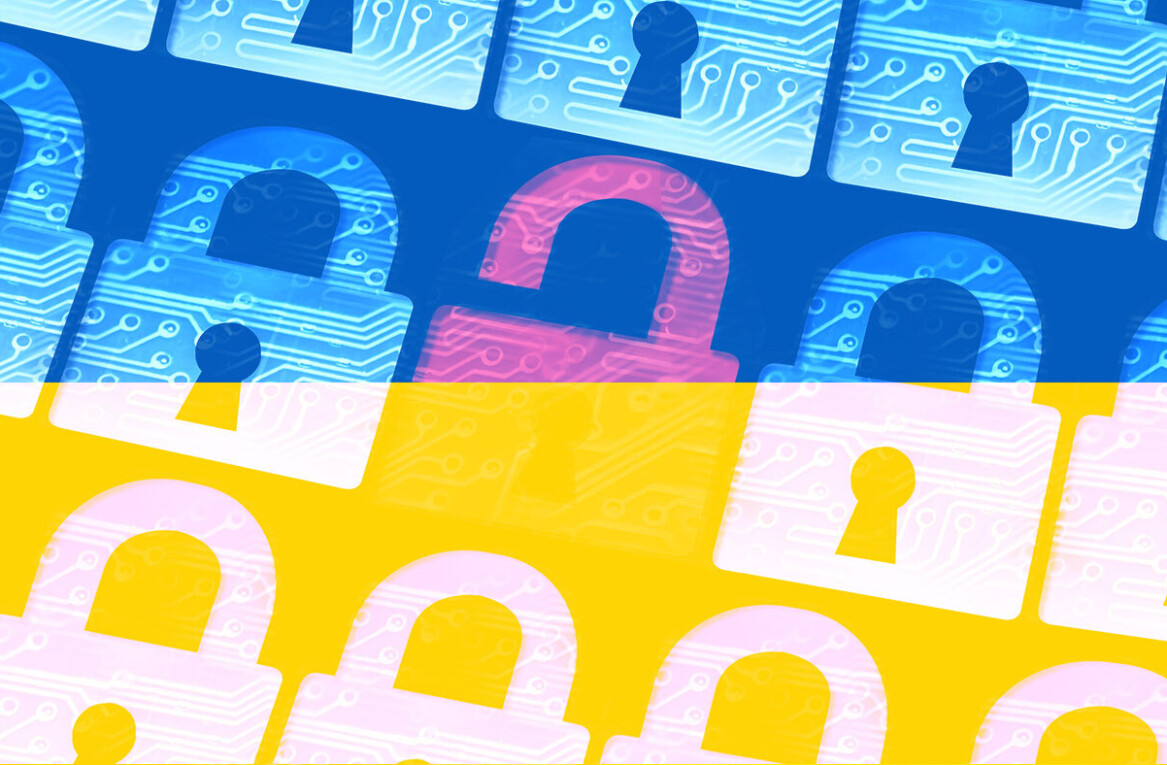Technology is here to stay, and it continues to advance and grow all the time. Because of its prominent place in the world, it can seem like today’s generation is practically born with an iPhone in hand. In fact, as of 2015, 61% of children ages 3-18 had access to the internet at home. That number has undoubtedly increased today, as it’s become more of a necessity thanks to everything from remote learning to teens looking for careers in cybersecurity.
Speaking of cybersecurity, it’s an important topic to discuss with your children. While it might not seem like the most exciting subject in the world to talk about with kids, data breaches happen every single day. In fact, they happen to some of the most powerful businesses in the world, with professional IT staff in place. Needless to say, it usually isn’t difficult for a hacker to break into a home computer or mobile device.
So, what can you do to manage cybersecurity for your kids?
[Read: A computer can guess more than 100 billion passwords per second — still think yours is secure?]
Preventing security breaches at home
There are several things you can do to reduce the risk of a data breach in your own home, especially when your child is online. First, have a talk with your children about what cybersecurity is, and why it’s so important. Depending on their age, you can teach them the warning signs of phishing scams, especially those in emails, including the following:
- Frequent grammatical errors
- Asking for money or information
- Links that direct them to the wrong site
You can also teach them how to be cautious about how much information they share online. It’s not uncommon for kids and teens to have multiple social media accounts, so teach them about password protection, and the importance of keeping certain information confidential.
If your kids are doing eLearning in light of the COVID-19 pandemic, there are also some steps you can take, as a parent, to better protect your home network. One of the best things to do is to set up an encryption policy. Encryption transforms the data on your computer into an encoded format, rather than a readable one. A special “key” is needed to decode the data, making it much harder for hackers to break into it.
If you don’t how to set up an encryption policy on your home devices, it can be worth it to talk to an IT professional.
Cybersecurity on the go
More kids use mobile devices today than ever before. While they might be old enough to text their friends and download social media apps, they probably aren’t old enough to manage their own mobile security.
It’s up to you to make sure their mobile device stays safe. Thankfully, there are a few easy ways to do that, including the following:
- Having the latest security software on the device
- Making sure it is always updated with the latest software
- Having them ask for permission before downloading an app
- Encouraging them to only use password-protected WiFi
Again, children also need to be careful about the information they’re sharing on their mobile devices. They may not even know they’re sharing things like their location, so make sure you have security measures in place, or even certain apps installed that will hide your child’s identity as much as possible on their device. If you need to know their location, there are specific apps designed for parents that will keep track of them, without them having to manage the settings within their phone.
Limiting exposure
In addition to putting safety precautions in place, one of the easiest ways to reduce your child’s risk of a cyber attack is to limit their exposure to technology. That can often be easier said than done, especially if your child is online for school. But it’s not impossible. In fact, it can even benefit your child’s physical and mental health.
Getting outside or encouraging activities to cure your child’s “boredom” can help to stimulate their minds. Spending too much time online can actually lead to anxiety, depression, or even feelings of isolation. In these current times of uncertainty, fighting back against the risk factors of mental health conditions is more important than ever. If you need some ideas to get your child away from the screen each day, consider the following:
- Playing an outdoor sport with them
- Going on a bike ride
- Making them a list of chores
- Playing a game
- Having an indoor dance party
- Doing an art project together
- Making a fort in the living room
Don’t be afraid to get creative when it comes to limiting your child’s online exposure. Help them to find a balance between spending time online and offline. If you do that, combined with opening up to them about the importance of cybersecurity, you can keep them (and your whole family) more safe and secure online.
This article was originally published by Jori Hamilton on TechTalks, a publication that examines trends in technology, how they affect the way we live and do business, and the problems they solve. But we also discuss the evil side of technology, the darker implications of new tech and what we need to look out for. You can read the original article here.
Get the TNW newsletter
Get the most important tech news in your inbox each week.






